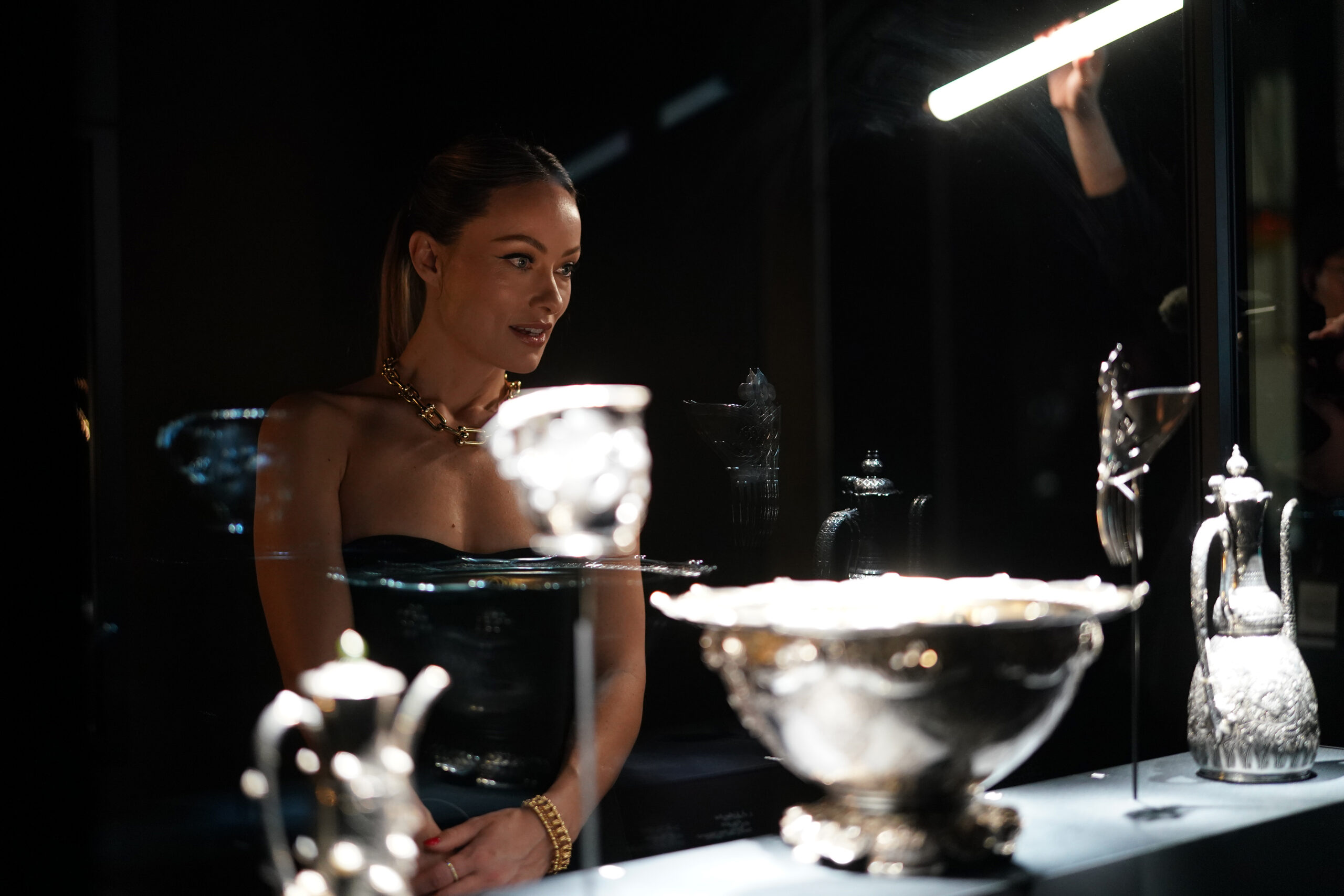
TOKYO, JAPAN: French jewellery designer Jean Schlumberger’s iconic Bird, of Bird On A Rock fame, has flown 10,000+ kilometres from New York City to Tokyo to roost atop—for the second time—its most prized perch to date: the esteemed 128.54-carat Tiffany Diamond. The latter, the world’s largest and most celebrated yellow diamond and the true cornerstone of the House concludes the new, inimitable Tiffany Wonder exhibition in Japan’s capital—an immersive treasure trove filled to its pale blue brim with nearly 500 of the luxuriate’s design masterworks.
In the third room of 10—an ode to Schlumberger’s whimsy and wit—an array of Bird On A Rock brooches glisten behind their squeaky clean vitrines: amethyst, tanzanite, aquamarine, citrine, spessartine, the gang’s all here. But it’s the gold, platinum and diamond bird with the ruby eyes that capture your attention. The one attached to a deep, cobalt blue piece of lapis lazuli—an ancient gem that is quite literally a rock. For this is the first Bird On A Rock brooch ever designed, a piece Schlumberger gifted to his friend, taste-making American socialite and horticulturalists Bunny Mellon, in 1965. Little did the designer know at the time, the brooch would go on to become one of the great icons of 20th-century design.
“I’m obsessed with it,” remarks Tiffany & Co.’s President and Chief Executive Officer, Anthony Ledru, over tea and sweet treats with GRAZIA. “To me, it’s the ultimate symbol of Tiffany. Why? It’s Tiffany at its best. It’s Tiffany from the 60s. It’s the Kennedy’s, it’s the glorious years of Tiffany when Schlumberger was amongst all the socialites. There was Bunny Mellon, Jackie Kennedy and Diana Vreeland. That brooch is a combination of exceptionalism and creativity.
“And the bird is fun!” he continues. “It’s surreal. It’s a fantastical world, this world of Schlumberger.”
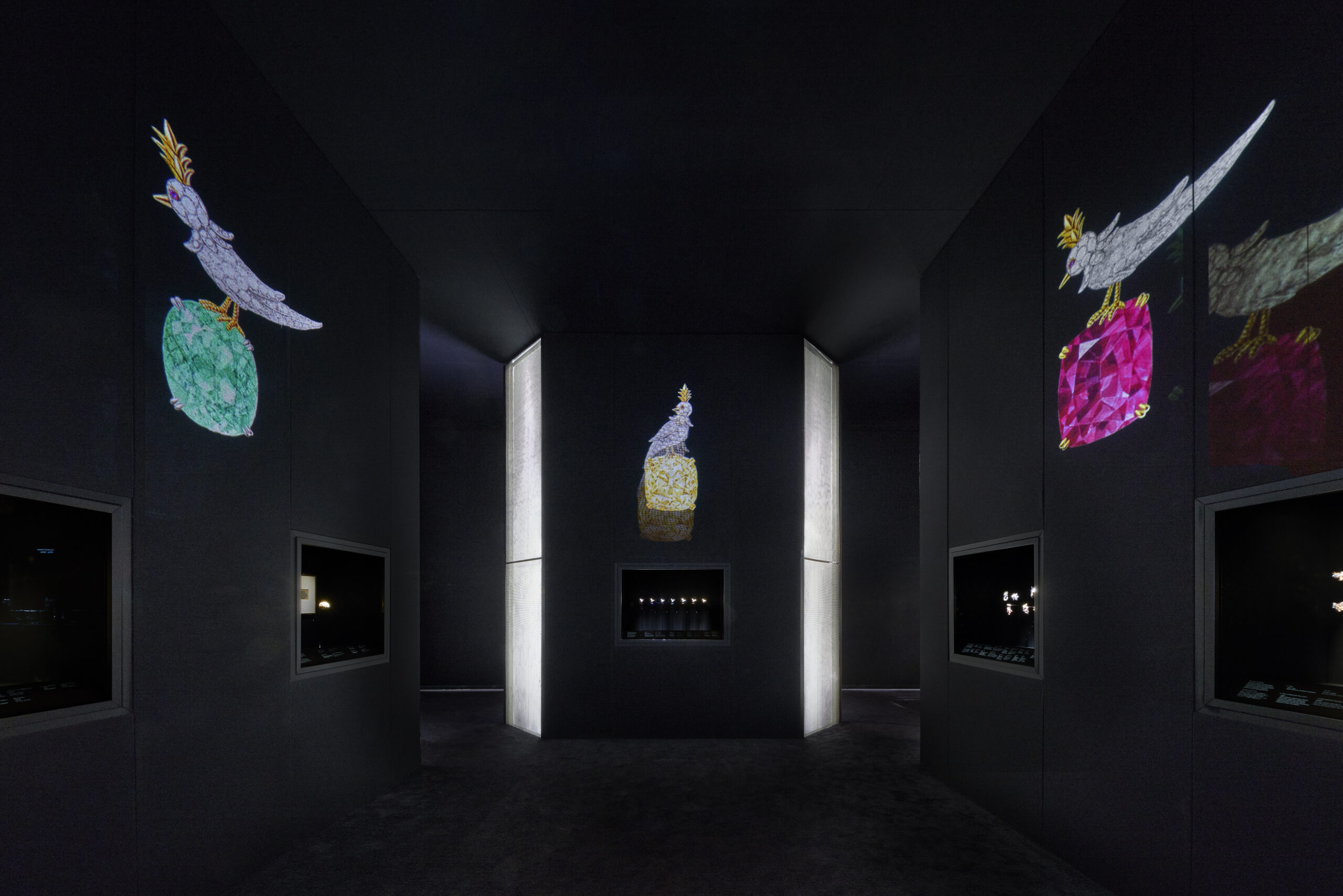
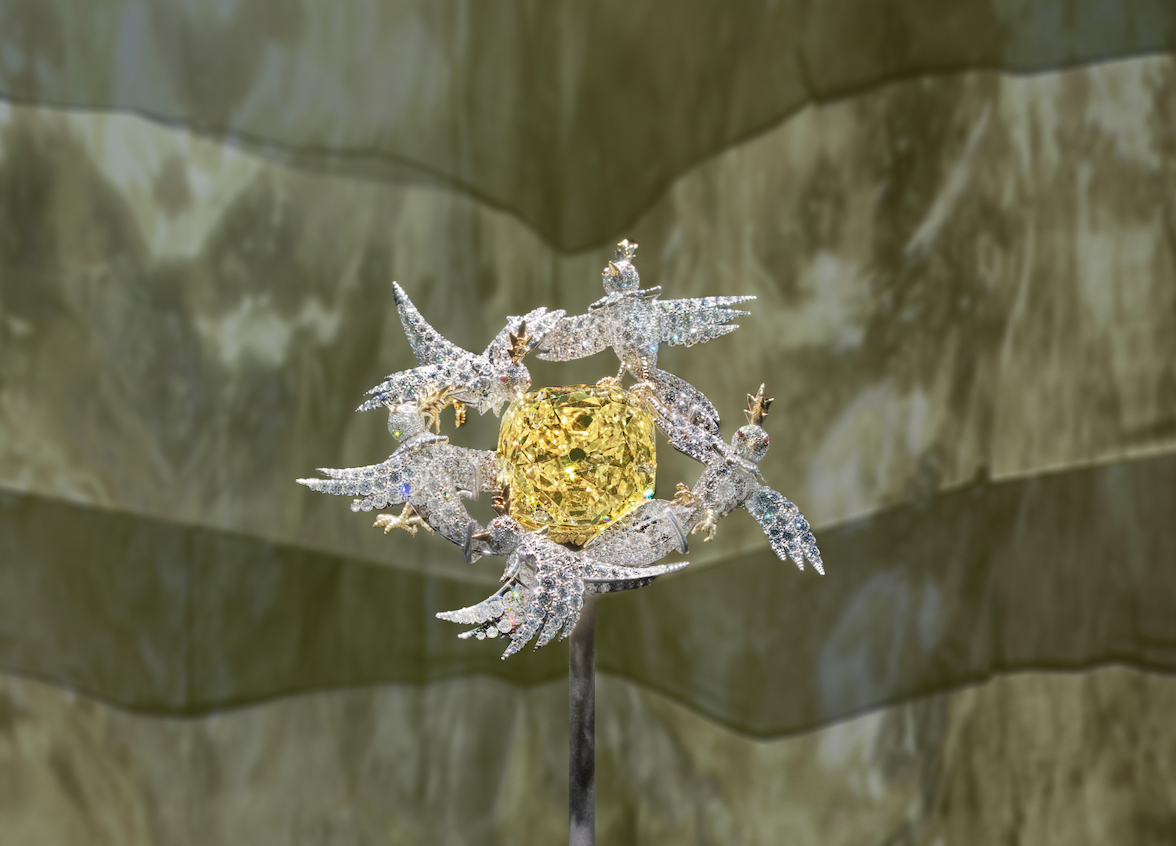
“The bird instantly turns the gemstone into a piece of high jewellery,” Tiffany & Co.’s Chief Gemologist, Victoria Reynolds, notes as she walks press through the exhibition. “Every position of the bird is slightly different to [the next brooch, to add] a little bit of tension which was very important to Schlumberger. He used to call it ‘nature’s verb.’ He didn’t like anything to be asymmetrical, he liked having things a bit off balance—because nature is off balance.”
WONDERS IN THE WINDOW
Interestingly Schlumberger began working at the Maison in 1956, a year after American window dresser Gene Moore started defining Tiffany & Co.’s now famous ‘aspirational window’ aesthetic. Highly imaginative and reflective of the dynamism of nature, Schlumberger was indeed ushering in a new chapter for jewellery design, but he needed someone like Moore—who, too, had humour—to help translate his surrealist world to the average New Yorker passing by the Tiffany & Co. windows on Fifth Avenue.
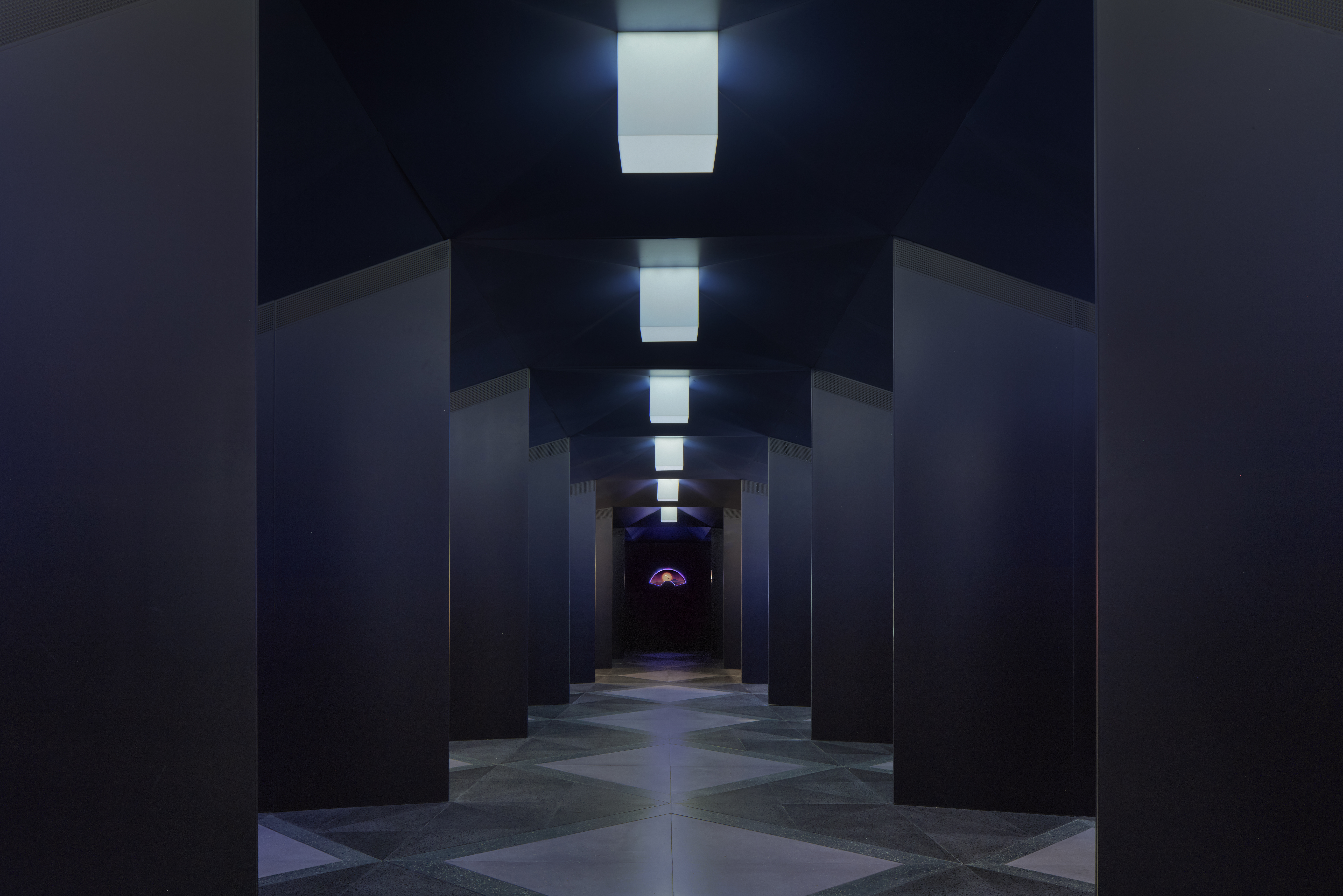
A large room inside the exhibition is dedicated to Moore’s wonderous windowscapes. And it’s incredible. Across the years, the dresser’s artistic innovation and delightful creativity enabled him to dream up arresting settings for the extraordinary jewels on display.
“I think Schlumberger revolutionised Tiffany because he defined the modern style of high jewellery,” says Ledru. “But Gene Moore revolutionised his industry as well. There were literally lines of clients waiting for the change of windows. [The windows] were static before [and under him], they became movie theatres. He was a showman.
“I think the one message the chairman at that time, [Walter Hoving] gave Gene Moore was, ‘Don’t worry about the setting, we will take care of that inside the store. Just do the dream.’ And every window, all 5000 of them, is a dream. It’s authentic. It’s Tiffany-esque. It’s Tiffany only.”
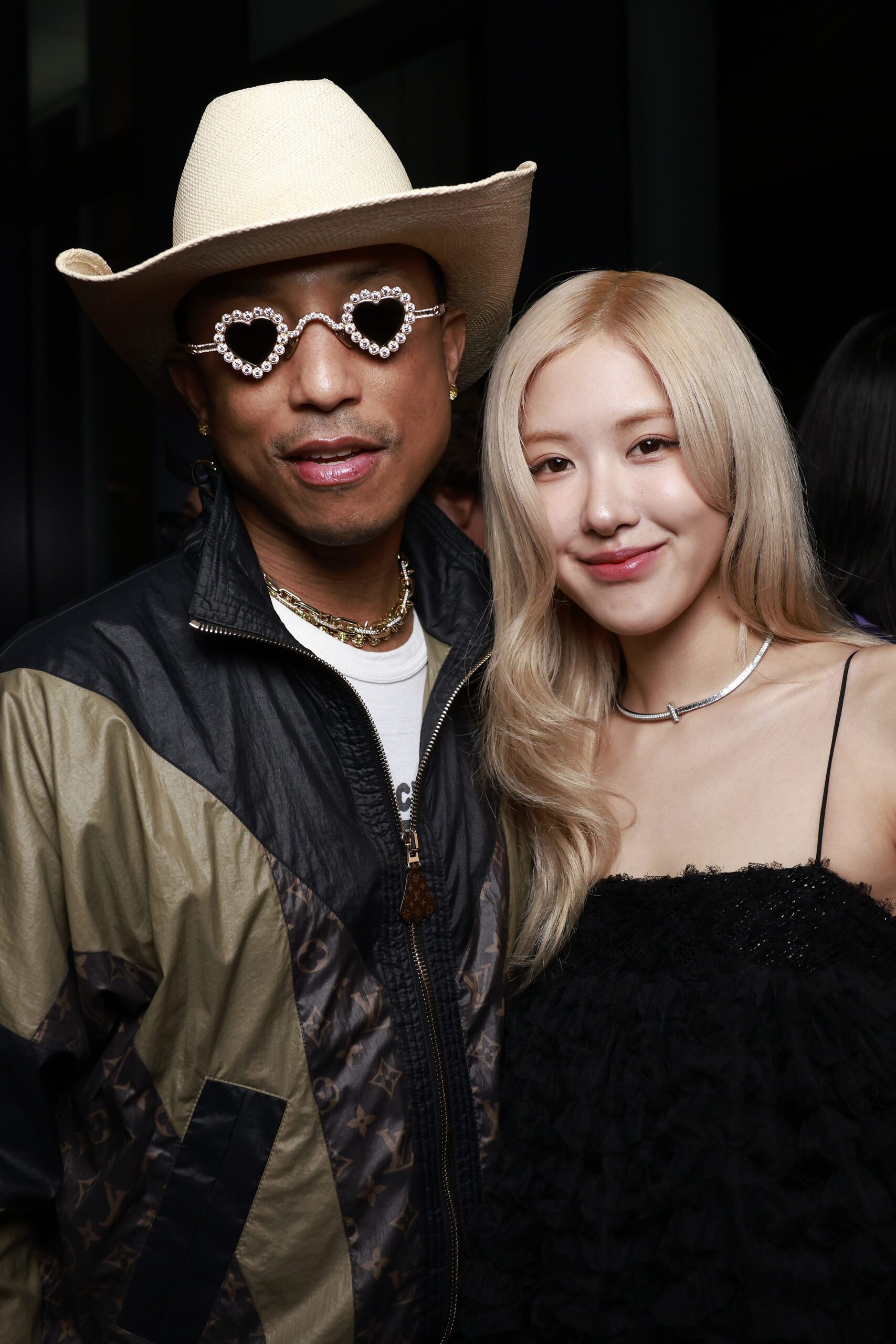

FROM NEW YORK TO TOKYO
“I first visited Asia in 2011. I went to Shanghai for a week and was completely jetlagged and couldn’t do the meetings,” Ledru recalls. “Then I came to Japan and the [culture] shock was huge. I’d never seen a country where respect is valued at such a high level. In Japan, you put the individual in front of you way before yourself. You have a respect and a refinement that is beyond attention to detail and that’s why I think they are one of the largest clientele for luxury in the world.”
While it is all well and good for the House to hold an exhibition in a foreign city, what many people may not realise is Tiffany & Co.’s relationship with Japan indeed dates back to the 1830s when the Maison’s founding father Charles Lewis Tiffany began offering his American clients select imported Japanese goods, and even placed them in his shop windows to catch the eye of the New Yorker who was looking for something new. In 1868, another of the house’s designers, Edward C. Moore, began collecting a lot of silverware creations from Japan. Most notably, in 1969, renegade designer Elsa Peretti visited Japan, and aside from marvelling at the speed of the bullet train travelling from Tokyo to Kyoto—today, it travels at speeds of 285 kilometres per hour and above—Peretti was extremely taken by the Japanese craftsmanship surrounding silk, lacquer, bamboo and wood. According to Tiffany & Co.’s Creative Director for Visual Merchandising, Christopher Young, Peretti “was not inspired by designs in Japan, she was inspired by materials.” And she reinterpreted these into objects of fashion, as seen in a room Ledru calls “the most impactful of the exhibition.”
“It’s a room dedicated to Japan…and it speaks to the heart,” he says.
“Tiffany’s relationship with Japan is authentic. It’s not a stretch. It’s not ‘Oh, we found a piece of archive’—no. It’s real,” Ledru continues. “You can’t lie in any place in the world, but in Japan, you certainly cannot. They grew up with luxury, they created the luxury business in the 80s so you cannot make it up to them.
“For Lewis Comfort Tiffany, [he saw inspiration] was in Japanese wisteria, the blue vine, which is a symbol in Japan of immortality and love. The Tiffany lamps—the ones with the dragonfly on them–are worth more than one million dollars, and unfortunately, we know that because we are paying for them back and they are a lot of money, but we cannot resist,” he adds. “Each time, [Tiffany & Co. Executive Vice President for Product and Communications] Alexandre Arnault will say, ‘Another one?’ and we go,‘Yes, but we don’t have that one.’ He called me one day and he said, ‘It’s quite expensive these lamps.’ I say, ‘They’re unique!’”
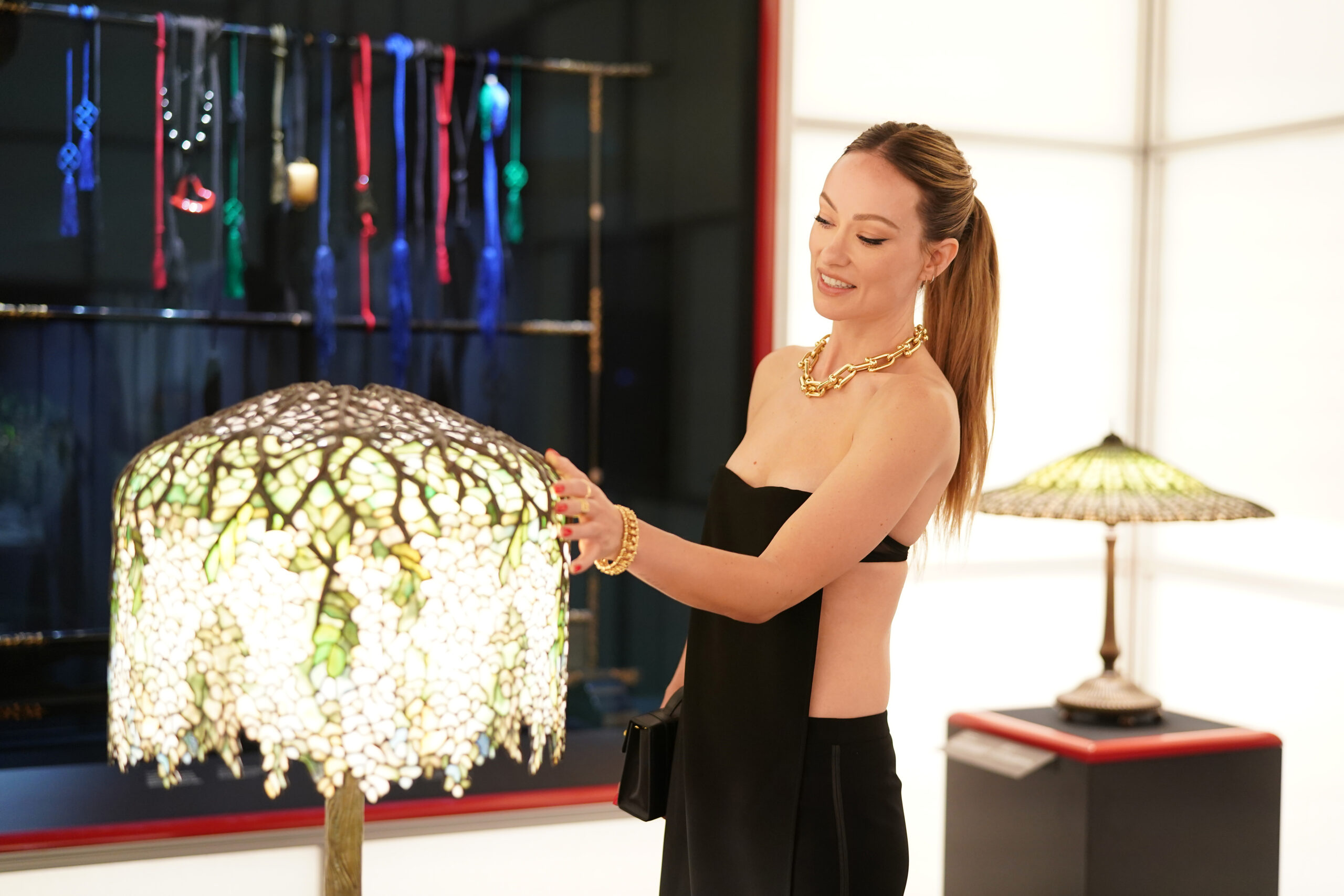
TO EXHIBITION AND BEYOND
Some of you may recall Schlumberger’s Tiffany Bird receiving the digitised treatment at the reopening of Tiffany & Co.’s iconic Fifth Avenue boutique, Landmark in September of 2023. Like Schlumberger’s aquatic creatures swimming about the Tokyo exhibition, the digital Bird was spotted flying about the arched windows of the Manhattan flagship. As celebrity guests arrived through the revolving doors at the boutique’s entrance that evening, their gazes would follow the bird before being greeted by Ledru.
“The faces of the visitors were turning from [a gasping face] to a smiling one as they walked in—which is what you want,” says Ledru. “It was a big event. I’d never done something of that magnitude.”
“Landmark was the largest investment made by LVMH ever, and therefore by Tiffany,” he continues. “It’s an icon and a lighthouse for New Yorkers and for the world. I mean, if you live in New York, you’ve been to that store once in your life. If you’re visiting, it’s one of the top three or four attractions [in the city], it competes with the Statute Of Liberty in terms of visitors. We’ve had days of 15,000 visitors in December 2023.”
Where the bird will fly to next is anybody’s guess.
“I’ve already had questions about the next exhibition. I have no clue,” says Ledru. “I just know it needs to be a big market, we need to find a venue as big as Tokyo Node—and one linked in our story. Who knows? It is very difficult to have all energies and stars aligning. But I think we did it this time with Tiffany Wonder.”
Yes, the tale of Tiffany & Co. is as intricate as the tapestry woven into the walls of the second room of the Tiffany Wonder exhibition. It’s as whimsical as the jewelled Schlumberger fish floating about the first one. It incites a sense of magic like the movie stars in the Hollywood room. It’s dream-like like Walter Hoving told Gene Moore to make his windows. It’s fanciful, it’s wonderful. And this exhibition does have a lot of heart—Ledru promises it to be so.
“Once again, it’s not just another exhibition, it’s one you cannot miss,” he says.
TIFFANY WONDER OPENS AT TOKYO NODE GALLERY IN TOKYO, JAPAN ON APRIL 12 AND WILL RUN THROUGH UNTIL JUNE 23.
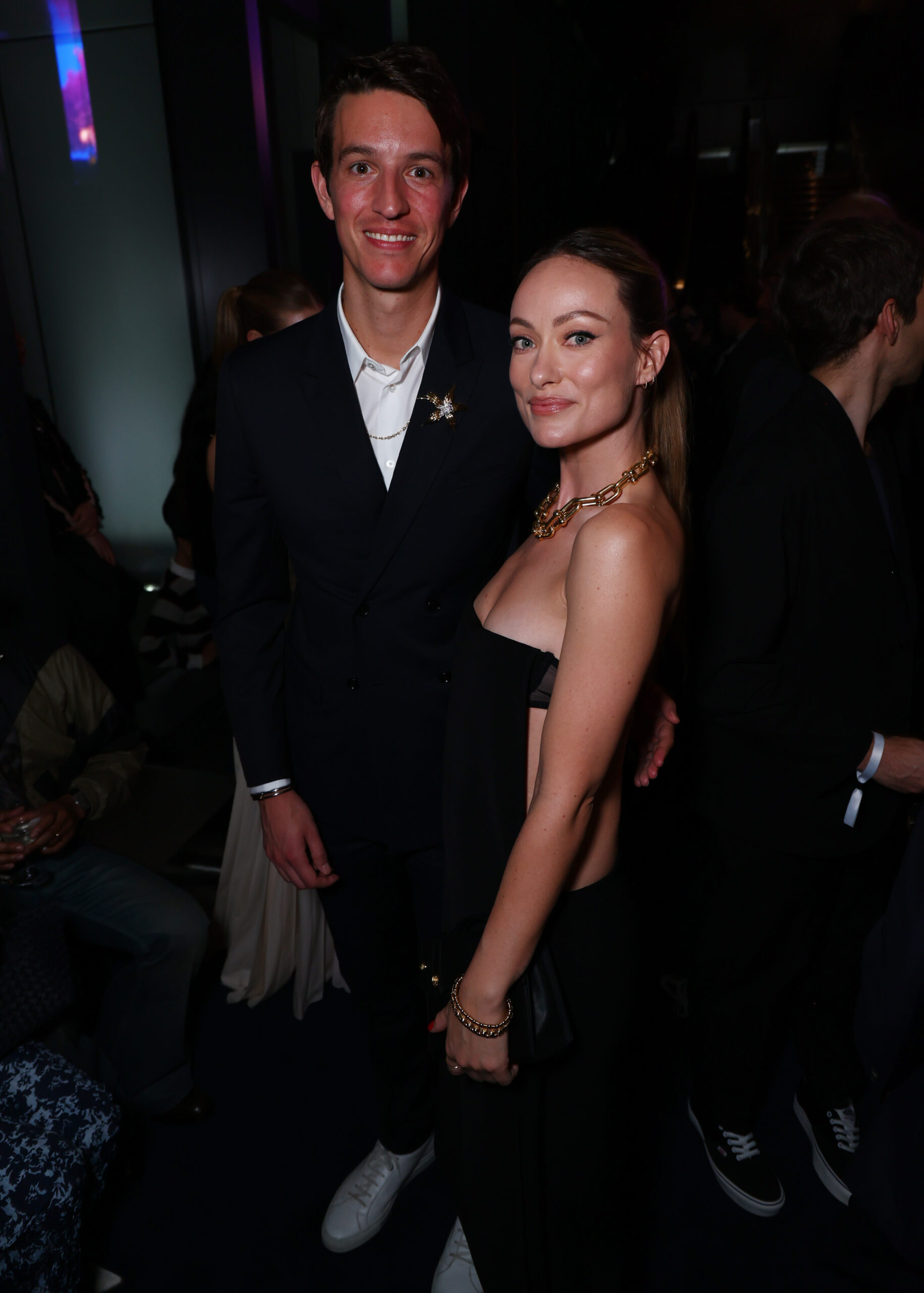

This story originally appeared on GRAZIA International.
